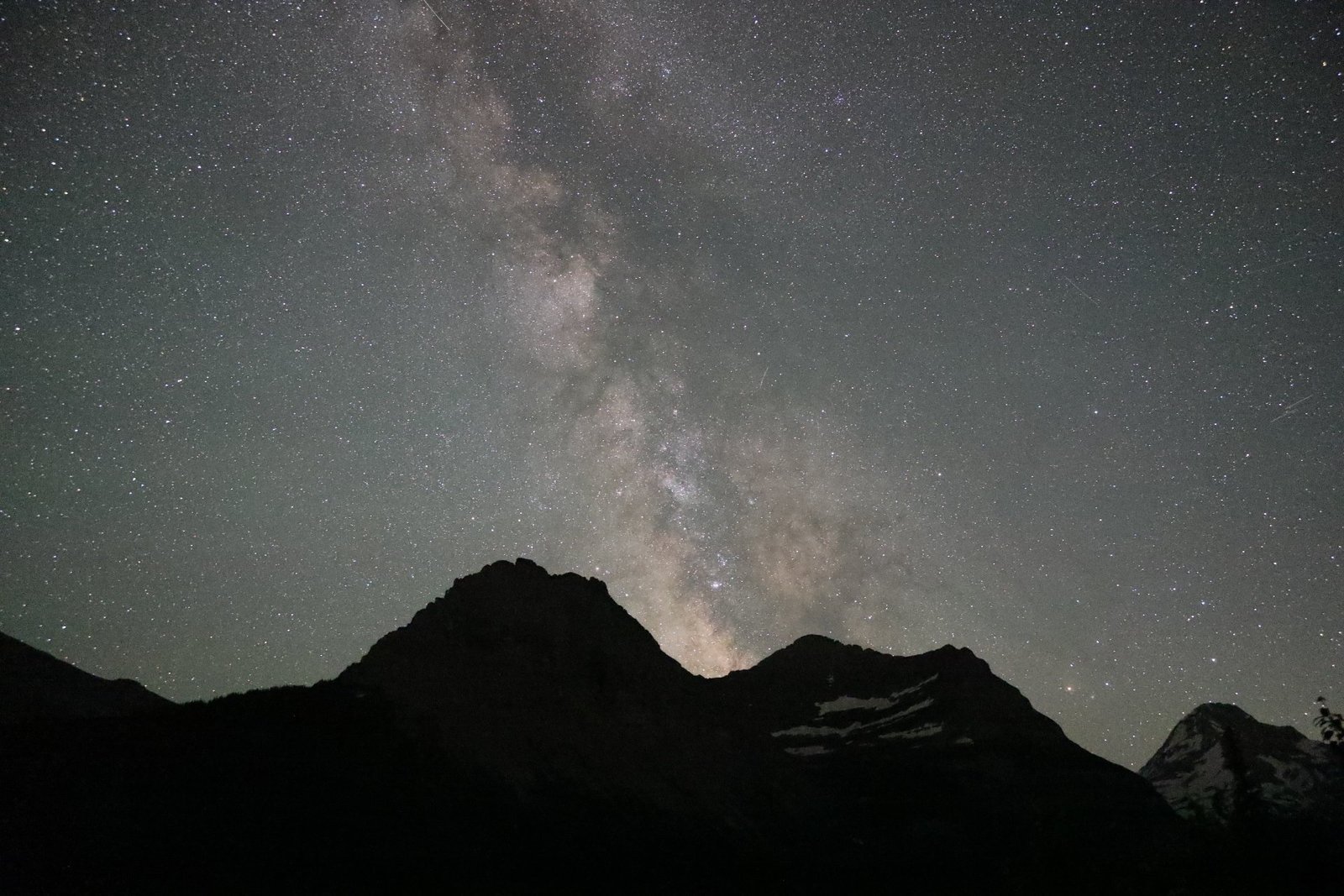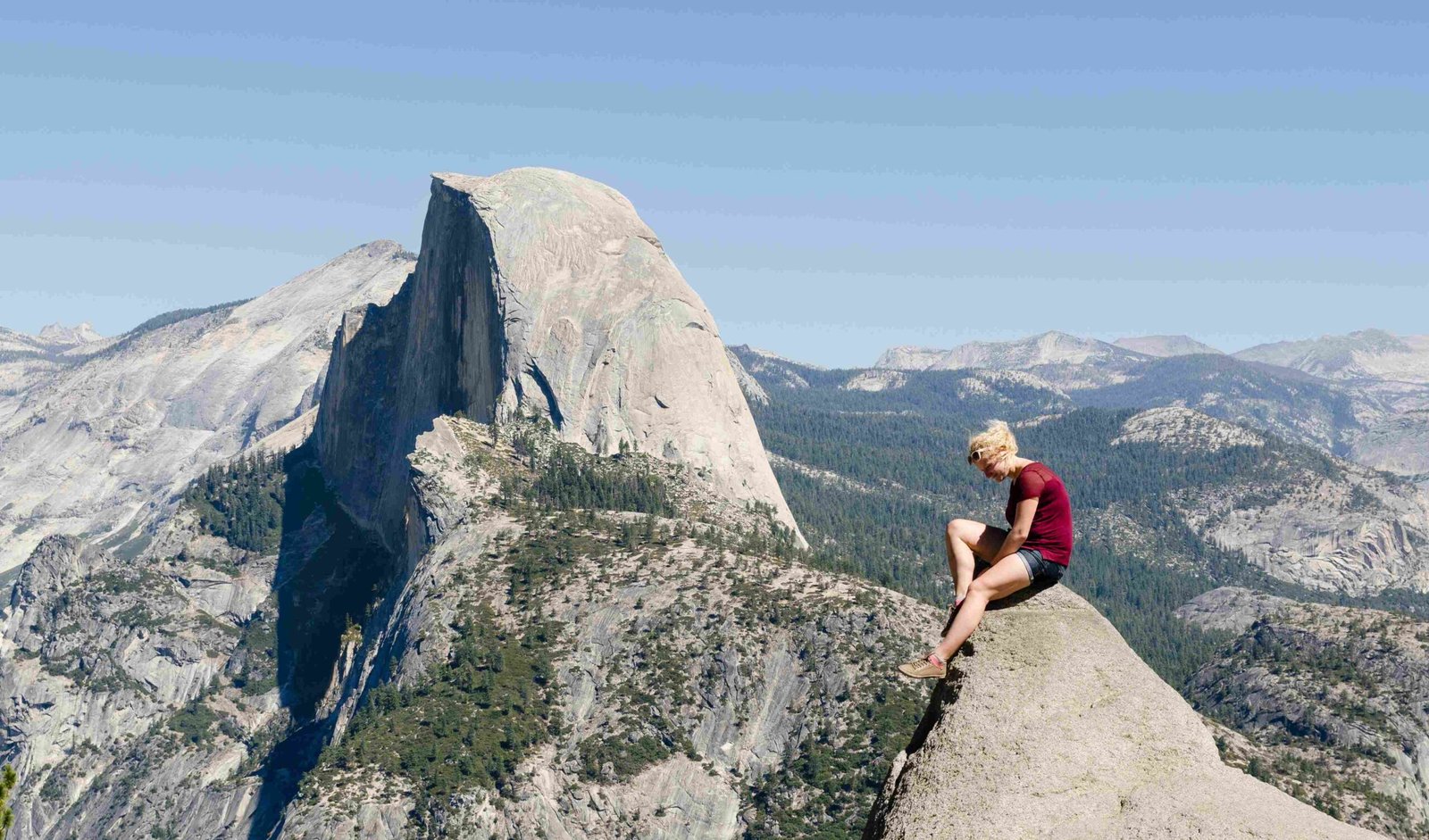Glacier National Park, renowned for its breathtaking landscapes, harbors some of the most perilous roads in the world. The park’s iconic Going-to-the-Sun Road, with its steep grades, sharp turns, and exposure to extreme weather conditions, presents significant challenges to drivers. These treacherous routes, while offering stunning vistas, demand utmost caution due to potential rockfalls, avalanches, and wildlife encounters. The combination of natural hazards and human factors makes Glacier National Park’s roads a testament to both the beauty and danger of wilderness driving.
What Makes Glacier National Park’s Roads So Dangerous?

Glacier National Park’s roads, particularly the famous Going-to-the-Sun Road, are known for their extreme conditions and potential hazards. Here’s a breakdown of the factors that contribute to their dangerous reputation:
- Steep Grades and Sharp Turns
- Unpredictable Weather Conditions
- Rockfall and Avalanche Risks
- Wildlife Encounters
- Narrow Road Widths
- High Traffic During Peak Seasons
Steep Grades and Sharp Turns
The roads in Glacier National Park, especially Going-to-the-Sun Road, are characterized by:
- Steep inclines reaching up to 6% grade in some sections
- Hairpin turns with limited visibility
- Sheer drop-offs on one side of the road
- Narrow passages that require careful maneuvering
These features make driving challenging, particularly for those unfamiliar with mountain roads or operating larger vehicles like RVs.
How Does Weather Impact Road Safety in Glacier National Park?
Weather plays a crucial role in the safety of Glacier National Park’s roads:
- Rapid Weather Changes: The park’s mountainous terrain can lead to sudden shifts in weather conditions.
- Snow and Ice: Even in summer, higher elevations can experience snowfall, creating slippery road surfaces.
- Fog and Low Visibility: Common occurrences that can drastically reduce visibility, especially on curves.
- High Winds: Strong gusts can affect vehicle stability, particularly on exposed sections of the road.
| Weather Condition | Potential Hazard |
|---|---|
| Snow/Ice | Slippery roads, reduced traction |
| Fog | Limited visibility, especially on curves |
| High Winds | Vehicle instability, particularly for high-profile vehicles |
| Rain | Wet roads, potential for hydroplaning |
What Are the Risks of Rockfall and Avalanches?
Rockfall and avalanches pose significant threats to drivers in Glacier National Park:
- 37 known avalanche paths intersect with Going-to-the-Sun Road
- Rockfall is common, especially in areas like Big Bend and Triple Arches bridge
- Spring thaws and heavy rains can increase the likelihood of both rockfall and avalanches
- These events can occur with little to no warning, potentially trapping vehicles or causing accidents
How Do Wildlife Encounters Contribute to Road Dangers?
Wildlife encounters add another layer of risk to driving in Glacier National Park:
- Large animals like bears, moose, and elk can suddenly appear on the road
- Wildlife sightings often cause traffic to stop abruptly, leading to potential rear-end collisions
- Distracted drivers focusing on wildlife instead of the road increase accident risks
- Habituated roadside bears pose a danger if approached too closely by curious tourists
What Are the Current Road Conditions in Glacier National Park?

Road conditions in Glacier National Park can vary greatly depending on the season and recent weather events. Here’s what drivers need to know:
How Do Seasonal Changes Affect Road Conditions?
- Spring (April-May):
- Roads may still be closed due to snow
- Avalanche risk is high during spring thaws
-
Maintenance crews work on clearing snow and repairing winter damage
-
Summer (June-September):
- Peak tourist season with heaviest traffic
- Roads are generally open, but construction and maintenance may cause delays
-
Afternoon thunderstorms can create temporary hazards
-
Fall (October-November):
- Decreasing temperatures bring risk of early snow and ice
-
Less traffic, but fewer services available as the season winds down
-
Winter (December-March):
- Many roads, including Going-to-the-Sun Road, are closed to vehicular traffic
- Extreme cold and heavy snowfall make travel hazardous on open roads
What Specific Hazards Should Drivers Be Aware Of?
Drivers should be vigilant for the following hazards:
- Icy Patches: Even in summer, shaded areas can harbor ice, especially at higher elevations
- Falling Rocks: Be alert for signs of recent rockfall and avoid stopping in high-risk areas
- Narrow Passages: Some sections of the road have limited space for two-way traffic
- Distracted Drivers: Other motorists may be focused on scenery rather than the road
- Limited Guardrails: Many sections of the road have steep drop-offs with minimal protection
How Can Drivers Prepare for Glacier National Park’s Dangerous Roads?
Preparation is key to safely navigating Glacier National Park’s challenging roads:
- Vehicle Maintenance:
- Ensure brakes are in excellent condition
- Check tire tread and pressure
-
Verify that all lights and signals are functioning properly
-
Emergency Kit:
- Pack blankets, water, and non-perishable food
- Include a first-aid kit and basic tools
-
Carry chains or snow tires if traveling in shoulder seasons
-
Plan Your Route:
- Study park maps and road conditions in advance
- Be aware of areas with limited cell phone coverage
-
Inform someone of your travel plans and expected return time
-
Stay Informed:
- Check the National Park Service website for current road conditions and closures
- Listen to local weather forecasts before and during your trip
- Be prepared to alter your plans if conditions deteriorate
What Are the Most Dangerous Sections of Going-to-the-Sun Road?
While the entire Going-to-the-Sun Road presents challenges, certain sections are particularly notorious:
- The Loop: A sharp hairpin turn with a steep grade
- Triple Arches: An area prone to rockfall and avalanches
- Big Bend: A section with sharp curves and spectacular but distracting views
- Logan Pass: The highest point of the road, often experiencing severe weather
How Do These Sections Compare in Terms of Risk?
| Section | Primary Risks | Elevation | Notable Features |
|---|---|---|---|
| The Loop | Sharp turn, steep grade | 4,500 ft | 180-degree bend |
| Triple Arches | Rockfall, avalanches | 6,200 ft | Stone support structures |
| Big Bend | Distracted driving, curves | 6,800 ft | Panoramic views |
| Logan Pass | Severe weather, crowds | 6,646 ft | Continental Divide |
What Safety Measures Are in Place on Glacier National Park’s Roads?
The National Park Service implements various safety measures to mitigate risks on the park’s dangerous roads:
- Road Closures: Sections of the road are closed when conditions are deemed too hazardous
- Speed Limits: Reduced speed limits are enforced, especially in high-risk areas
- Guardrails and Barriers: Installed in some areas to prevent vehicles from leaving the road
- Warning Signs: Placed strategically to alert drivers to potential hazards
- Park Rangers: Patrol the roads and assist visitors in emergencies
- Avalanche Control: Measures are taken to reduce avalanche risks in prone areas
How Effective Are These Safety Measures?
While these measures significantly improve safety, they cannot eliminate all risks. Drivers must remain vigilant and adhere to all posted warnings and regulations.
What Should Drivers Do in Case of an Emergency on Glacier National Park’s Roads?
In the event of an emergency while driving in Glacier National Park:
- Stay Calm: Panic can lead to poor decision-making
- Assess the Situation: Determine if it’s safe to remain in your vehicle
- Call for Help: Use a cell phone if service is available, or flag down other motorists
- Be Visible: Turn on hazard lights and use reflective markers if you have them
- Stay with Your Vehicle: Unless it’s unsafe to do so, remain with your car
- Conserve Resources: If stranded, ration food and water, and run the engine sparingly for heat
What Emergency Services Are Available in the Park?
- Park Rangers patrol regularly and can provide assistance
- Emergency call boxes are located at some points along the road
- Search and rescue teams can be mobilized for serious emergencies
Remember, response times may be longer due to the remote nature of many park areas.
How Does Glacier National Park Compare to Other Dangerous Roads Worldwide?
While Glacier National Park’s roads are challenging, they are not typically ranked among the most dangerous roads globally. However, they do share some characteristics with notorious routes:
- Steep Grades: Similar to Bolivia’s North Yungas Road
- Narrow Passages: Comparable to Italy’s Stelvio Pass
- Weather Challenges: Akin to Norway’s Trollstigen
- Wildlife Hazards: Reminiscent of Australia’s Outback roads
What Makes Glacier National Park’s Roads Unique?
- Combination of natural beauty and potential hazards
- Accessibility to a wide range of drivers, from experienced to novice
- Seasonal variations that drastically change road conditions
- Presence of diverse wildlife in close proximity to the road
Glacier National Park’s roads, while dangerous, offer a unique driving experience that balances risk with reward. The park’s commitment to safety measures, combined with driver preparedness, helps mitigate the inherent dangers of these spectacular mountain roads.